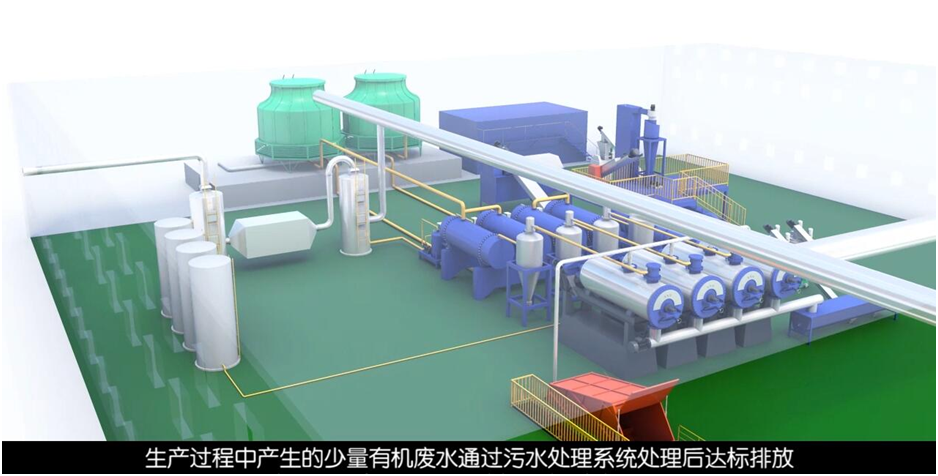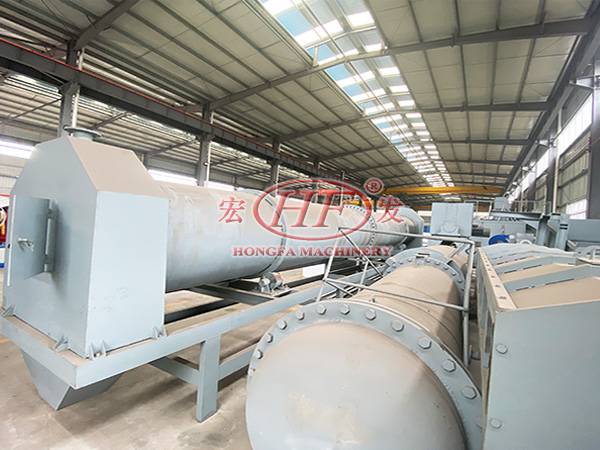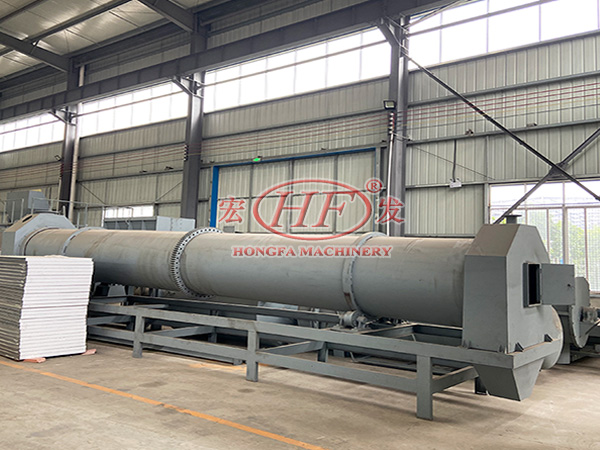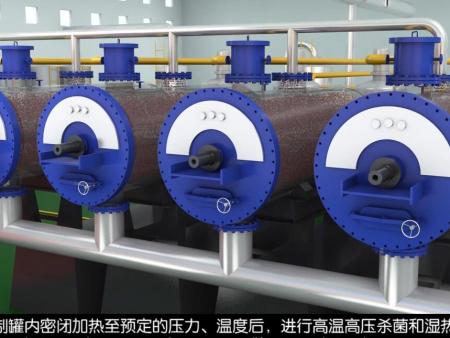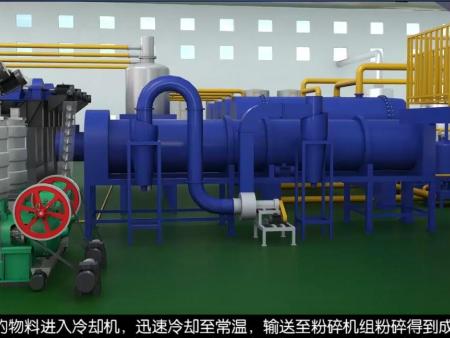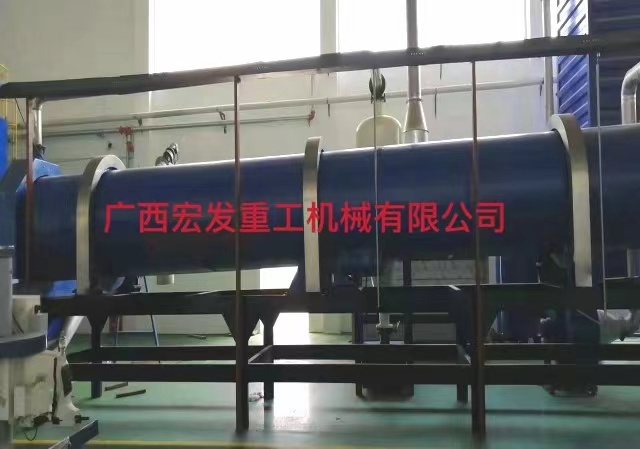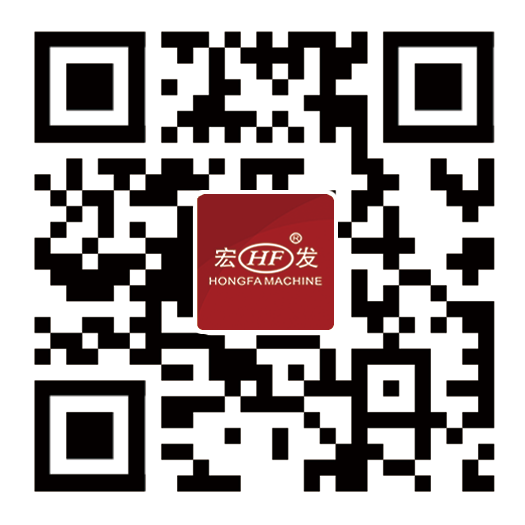Animal harmless treatment equipment
product introduction:
It refers to the process technology of carrying out high temperature and high pressure treatment on the dead animal carcasses by introducing high temperature circulating heat source into the interlayer while continuously stirring the dead animal carcasses after being crushed and transported into a closed container. During the treatment, the heat source does not directly contact the dead animal carcasses, and the water in the animal body is heated and vaporized to generate pressure. After the processing is completed, vacuum drying, degreasing, cooling, crushing and other processes are carried out, dried meat and bone meal and industrial oil were obtained. Hongfa livestock and poultry harmless environmental protection equipment adopts the method of drying harmless treatment, with fast processing speed, no secondary pollution, high automation, low labor intensity, high purity of finished products, environmental protection and other functions, is an alternative to fermentation treatment and humidification treatment.
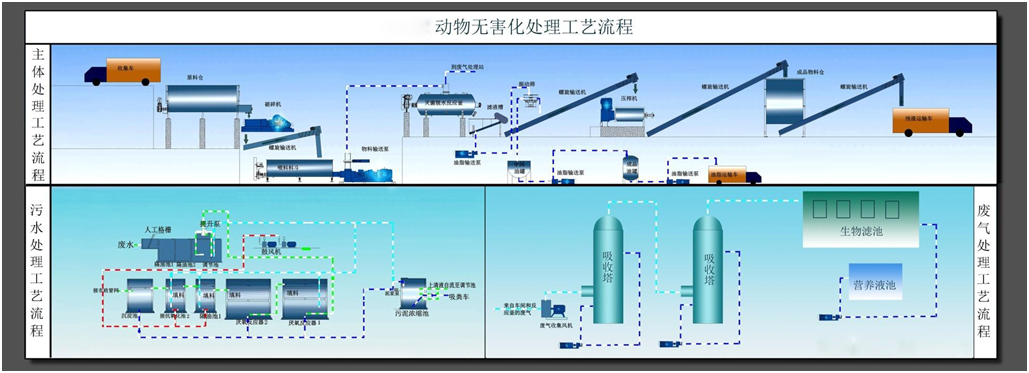
Hongfa livestock and poultry harmless treatment process:
1. Collection of dead animals and poultry: The collection of dead animals is assisted by the animal epidemic prevention stations of each township. Each township will build one or two collection points according to the region and the amount of breeding. Farms with an annual output of more than 50000 will build a collection cold storage. Farmers will transport the dead animals to the collection points of villages and towns. The collection vehicle of the processing center will go to the collection points of moving objects once a day.
2. Material storage: When the transport vehicle is transported to the treatment plant, it shall be collected and treated with it. Sick and dead animals that cannot be treated in time shall be placed in cold storage or temporary storage area for storage and waiting for treatment. After unloading, disinfect and clean the vehicle with a disinfecting and cleaning device.
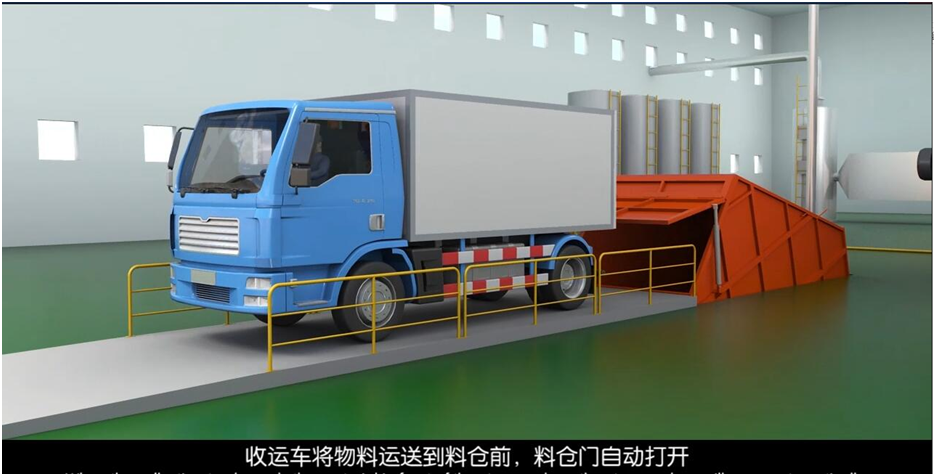
3, crushing treatment: dump truck will be dead livestock and poultry into a closed storage bin, through the screw conveying equipment will transport the material into the pre-crushing machine, the material in a closed environment is broken into a diameter of about 50mm meat.
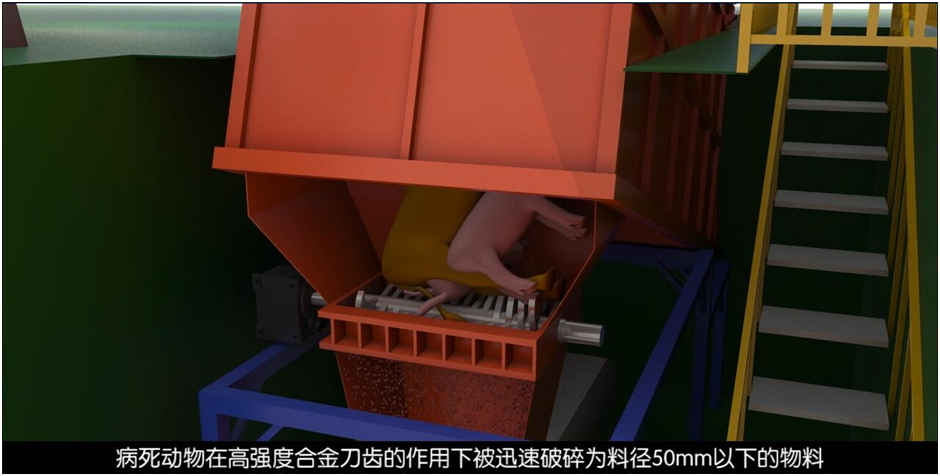
4. Material transportation: The crushed materials are transported to the chemical tank by the conveying pump through a closed pipeline. The whole process is closed and automated. The feeding method has many points such as fast speed, small residue, easy cleaning and no foul smell.
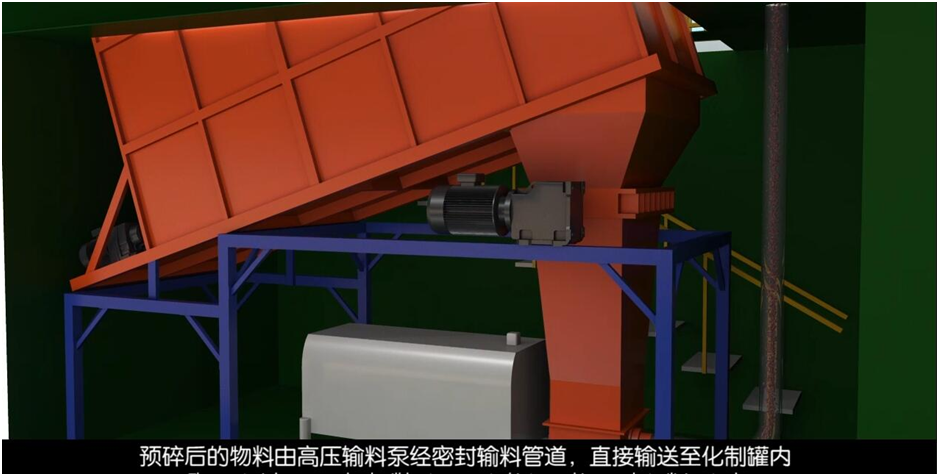
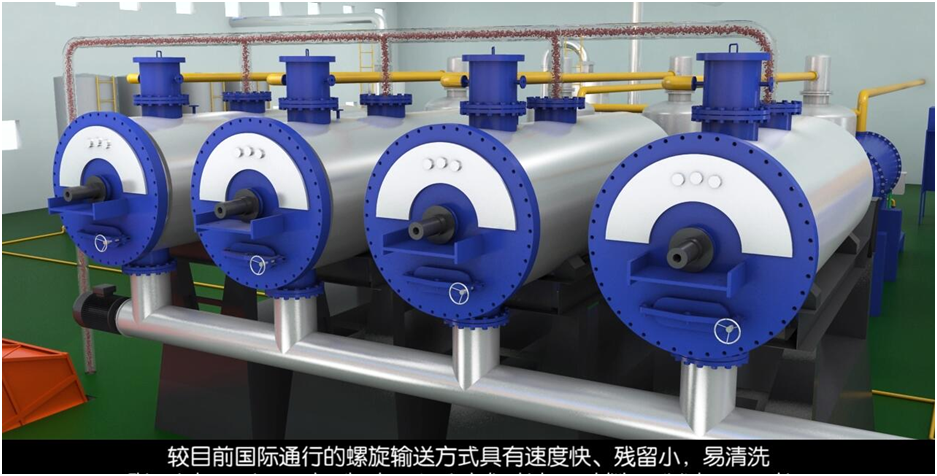
5. chemical drying: close the feed inlet, start the heating device, keep the temperature and pressure in the tank for 30 minutes after reaching the preset value (the pressure and temperature can also be adjusted according to different materials), then empty and release the pressure to enter the drying stage, adopt the method of low-temperature vacuum drying, after drying for 2 hours (adjustable), the water content of the material is reduced to 10-12%, and the material containing about 30% grease.
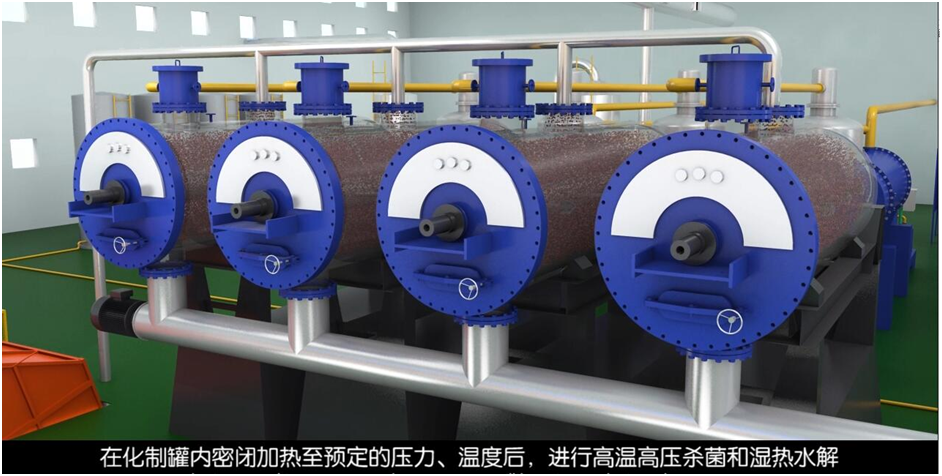
6. discharging: the finished materials are transported to the cache bin for temporary storage through the screw conveyor.
7. Squeezing and degreasing: The materials in the cache bin are transported to the screw press through the screw conveyor for degreasing and oil extraction. After the oil residue is separated, meat bone residue and animal fat are obtained.
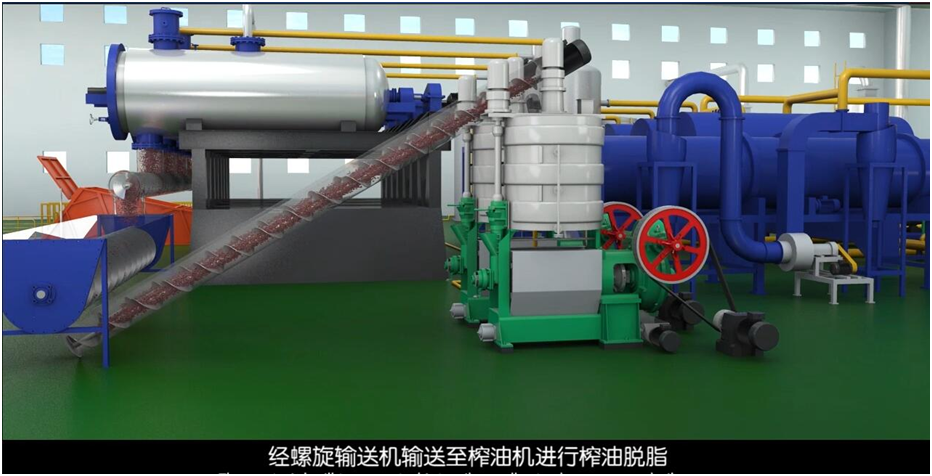
8. Cooling and crushing: The meat and bone residue is degreased and pressed into oil to form a tile-like material, which is then treated by an air-cooled cooling system to room temperature, and then crushed to obtain one of the processed products-finished meat and bone powder, which is then packaged by an automatic packaging machine and put into storage for sale.
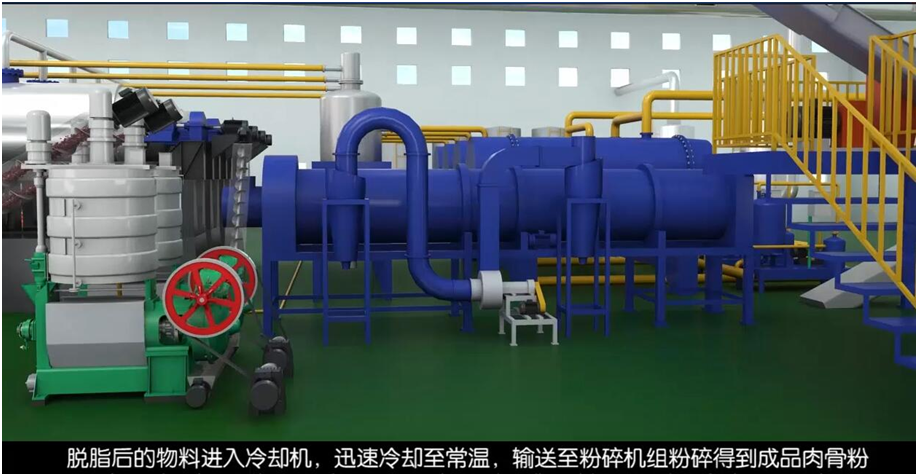

9. Oil purification and storage: animal oil obtained by the oil press is heated by the heating tank and purified by the horizontal centrifuge to obtain another product after treatment-industrial animal oil, which is transported into the oil storage tank by the oil pump.
10, waste gas treatment: during the drying process, the waste gas produced by the dust collector, into the spray tower spray agent washing, and then by photon catalytic oxidation (optional) treatment into the biological filter, deodorization.
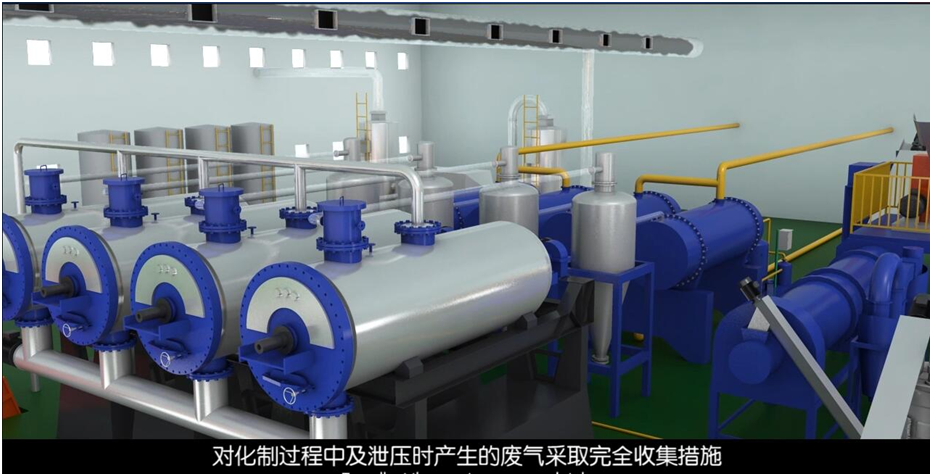
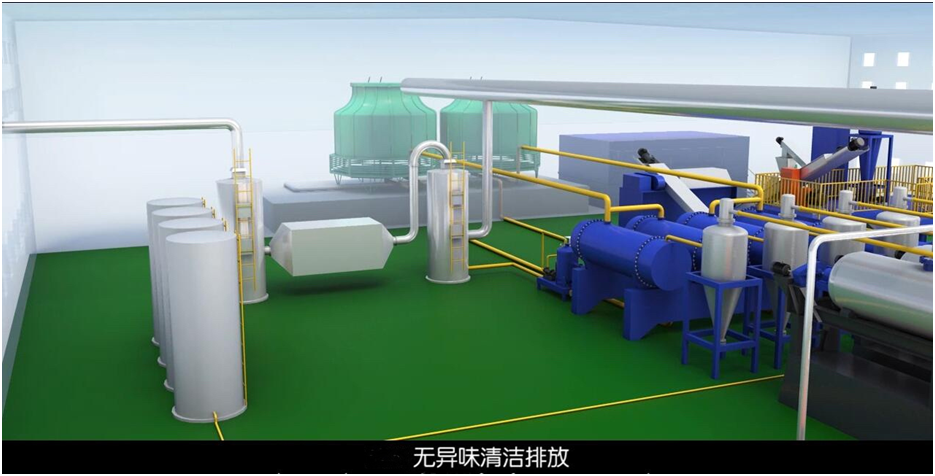
11. Primary treatment of condensed water: A small amount of condensed water produced during the drying process is discharged as irrigation water after flocculant precipitation, multi-stage filtration, and deodorant addition.
